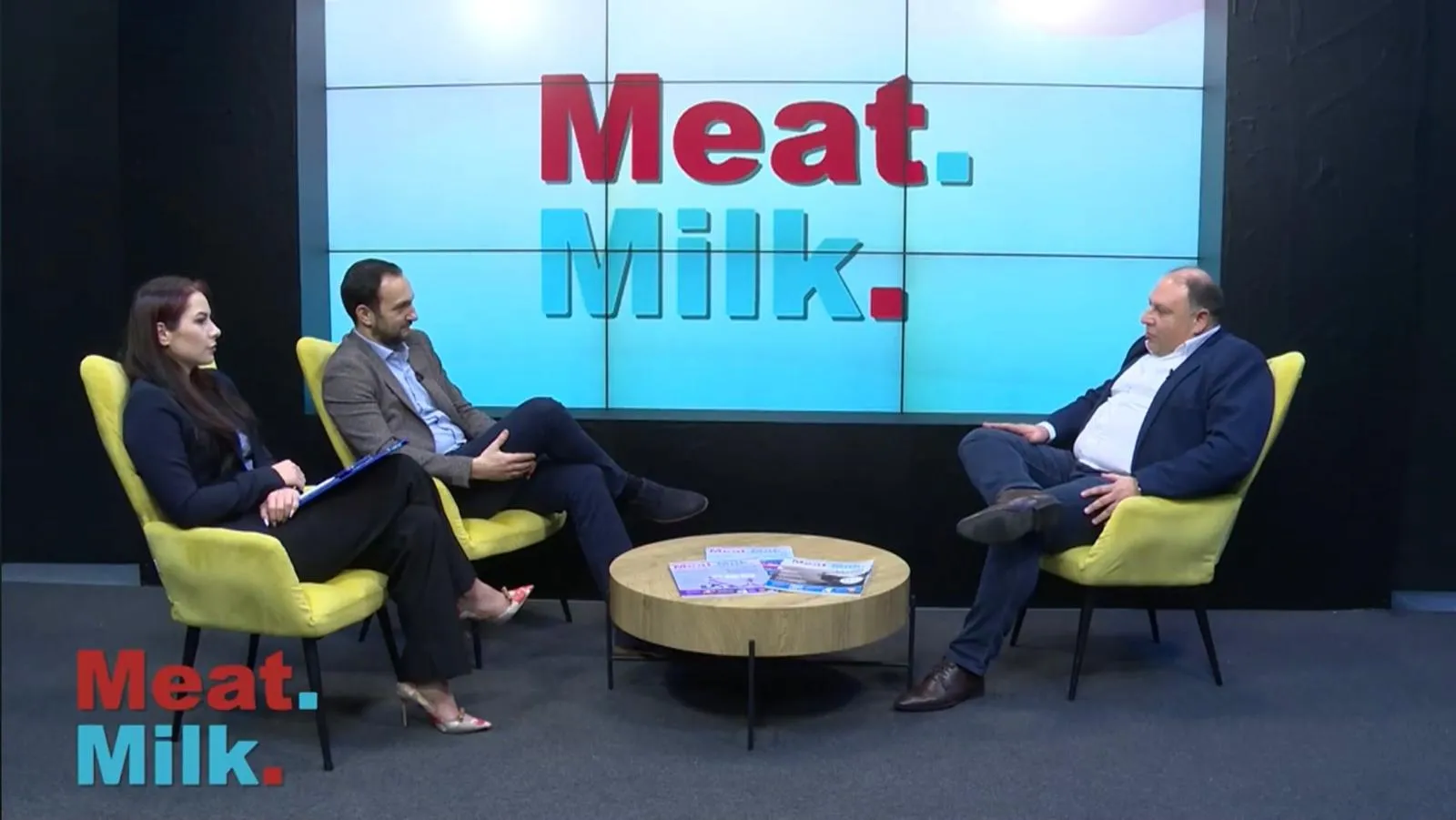1307

The impact of the fiscal measures included in the law for which the Government has assumed responsibility in Parliament will be significant, especially for entities that are set to be taxed based on turnover, as the effective tax rate for them will increase considerably, to 20%-30%, after the new regulations come into effect, according to an analysis conducted by experts from Deloitte Romania.
The most affected sectors are technology and telecommunications, the automotive industry, retail, the pharmaceutical sector, and manufacturing. According to the same analysis, the turnover tax would generate an additional 6.5 billion Romanian Lei (RON) for the state budget.
Deloitte experts note that the law could come into effect as early as October, as it only needs to be promulgated by the President of Romania and published in the Official Gazette. Among the measures with immediate applicability are the restrictions on benefits granted to employees in certain sectors, such as the exemption from income tax for earnings exceeding 10,000 RON per month for IT employees, and the reintroduction of health contributions for employees in the construction and agricultural sectors.
"This package of measures addresses an acute 'symptom' but not the 'disease' itself, which induces adverse effects on the economy. It is true that the budget deficit needs to be reduced, and measures in this direction were necessary, but they seem unbalanced, given that the estimated financial impact for the coming years comes in large part, about 85%, from additional taxation and, therefore, to a small extent from reducing expenses.
However, once again, authorities have adopted an approach that lacks impact studies, concrete measures to limit tax evasion, and a clear vision of repositioning the national tax system as a whole. It remains to be seen what their real impact will be in practice, but it is very important that, from this point on, the elaboration of a coherent fiscal strategy begins based on solid studies, which, although they require time to shape, will reset the tax system on a fair and sustainable basis. Furthermore, the revision of the tax framework is also provided for in the National Recovery and Resilience Plan, but it seems that, at least for now, it is not a priority.
In addition, decision-makers need to identify priority areas for the development of the national economy with significantly above-average productivity, which should be incentivized with tax incentives and should be one of the pillars of the strategy.
At the same time, it is necessary to start treating the 'disease' itself, which is represented by the proportion of the state's current expenditures, which is much too high compared to that allocated to investments, accounting for just over 18% of the total in 2023, even though it is increasing compared to the previous year, so that the additional revenues obtained as a result of the new tax measures are directed toward priority state projects, such as the development of transportation infrastructure, education, healthcare, etc., benefiting society as a whole," said Vlad Boeriu, Partner, Tax and Legal Services, Deloitte Romania.
Minimum tax based on turnover/supplementary tax
"Perhaps the most important measure included in this package, in terms of impact, is the introduction of a minimum level of profit tax, which will be determined by applying a rate of 1% of turnover and will be applicable if the profit tax calculated according to the general rules is lower in absolute value than this minimum level.
This measure will apply to companies with a turnover of over 50 million euros, approximately 1,000 companies according to our estimates, or about a third of major taxpayers, both Romanian and multinational companies. In addition to this measure, there is an additional profit tax for financial institutions (2% of the main income in the first two years, 1% thereafter) and for oil and gas companies with a turnover of more than 50 million euros (0.5% of turnover).
Among the companies targeted by the minimum tax, 70% are expected to be taxed based on turnover, and only 30% will remain subject to profit tax, according to data reported by companies for 2022 and estimates for 2023. Therefore, for these companies, as well as for taxpayers subject to supplementary tax, the effective tax rate is likely to increase starting in 2024.
The most affected will be technology and telecommunications companies, for which the total tax rate will rise to 31%, the automotive industry (30%), retail (29%), the pharmaceutical sector (29%), and the manufacturing industry (28%). The calculations are based on the profit tax reported by companies for the previous year and estimated turnover. It should be noted that the turnover tax also applies to companies in the same categories with a fiscal loss, about 100 out of the total mentioned. The measures will come into effect on January 1, 2024, and are expected to generate approximately 6.5 billion RON for the budget next year," said Alexandra Smedoiu, Partner, Tax Services, Deloitte Romania.
Measures concerning income taxation
"Provisions regarding the taxation of salary income, unlike most measures, will apply from the first month after the legal act is published in the Official Gazette. In these circumstances, employers must be prepared for immediate compliance because it involves taxes withheld at source. The abandonment of the exemption from income tax for IT employees earning over 10,000 RON per month will affect the net salary or the labor cost for the employer.
For example, currently, for a gross salary of 14,000 RON per month, the IT employee takes home 9,100 RON net after deductions of 4,900 RON. Under the new system, the IT employee can choose to waive the contribution to the second-pillar pension fund (currently 3.75%, but increasing to 4.75% next year), in which case they will take home a net salary of 9,350 RON per month (or 9,486 RON starting in 2024), which is more than at present. Opting to maintain the contribution to the second-pillar pension fund will reduce the net salary to 8,840 RON per month.
Additionally, the reintroduction of health contributions for construction industry employees will result in a decrease in net income for them. For example, at a net salary of 5,000 RON, the total cost to the employer is currently 6,492 RON. Later, to maintain the net salary, the employer will have to bear a total cost of 7,436 RON (+15%).
Otherwise, the net salary drops to 4,365 RON (-13%). Employees in this sector still have the option to waive the contribution to the second-pillar pension fund. Consequently, both measures will put pressure on employees in these sectors who have benefited from these advantages until now, as well as on employers, who are expected to cover, at least in part, this possible decrease in net income. In addition, beneficiaries of meal or holiday vouchers will also have to pay a 10% health contribution for these, which was not previously owed.
Among other measures, it is worth noting the increase in the income tax rate from 16% to 70% for income whose source has not been identified, as determined in a personal fiscal situation check. However, this measure will apply to income identified following checks that start after July 1, 2024, indirectly granting taxpayers a period for voluntary compliance, which would allow them to use significantly lower current tax rates depending on the type of income," said Raluca Bontaș, Partner, Tax Services, Deloitte Romania.
RO e-Invoice Generalization
"For companies, an important measure in this law is related to the generalization of the RO e-Invoice reporting system for all taxable operations in Romania, with the exception of exports and intra-community deliveries.
The process has two important stages: between January 1 and June 30, 2024, it is mandatory to report invoices electronically within five working days of issuance, and after July 1, 2024, invoices must be issued directly from the RO e-Invoice system, so paper invoices or those issued in the old electronic format will no longer be accepted from a fiscal perspective.
Suppliers will benefit from a grace period in the first three months of 2024, during which no fines will be applied for non-compliance. With this measure, Romania aligns with European trends regarding electronic invoicing, following countries such as Italy, Serbia, and Hungary, which have implemented similar systems, and other countries like Germany, Belgium, Latvia, and Poland have announced their intention to introduce mandatory electronic invoicing in the next two years. In the area of indirect taxes, other important measures include raising certain VAT rates.
Among them is the increase in VAT from 5% to 9% for housing that meets the conditions for applying the reduced rate, a measure that requires special attention because it comes with a set of criteria regarding the minimum requirements for a housing unit to be considered as such.
In addition, VAT is increased for sugar-containing foods, and excise taxes are introduced for non-alcoholic beverages with a high sugar content and for electronic cigarettes containing tobacco substitutes, with or without nicotine, and vaporization or similar devices," said Vlad Boeriu, Partner, Tax and Legal Services, Deloitte Romania.
A new approach to tax inspections
"The implementation of electronic fiscal reporting systems aims, among other things, at simplifying and streamlining inspections conducted on taxpayers. For this reason, at the end of last year, the notion of compliance notification was introduced in the legislation, which the tax authority is obliged to send to the taxpayer when it identifies inconsistencies in the reports filed by the taxpayer or non-compliance with the obligations incumbent on the taxpayer, with the aim of increasing voluntary compliance and directing inspections to areas with high tax evasion.
ANAF has already issued 3,700 compliance notifications in the first half of the year, a considerable volume, considering that the form appeared in the middle of the semester. On the other hand, the activity of tax inspection has slowed down, both in terms of quantity and the amounts imposed. ANAF data shows that in the first half of this year, there were 7,500 inspections of legal entities, a decrease from 8,800 in the same period of the previous year.
At the same time, the sums imposed amounted to one billion RON in the first half of this year, compared to 1.4 billion RON in the first half of 2022. In return, documentary checks have increased, also operationalized through changes in the legislation at the end of 2022 to simplify the process and free up resources for both the taxpayer (the inspection is no longer conducted at the taxpayer's premises but at ANAF) and the control institution, which can direct them to the fight against major tax evasion. This procedure still requires some adjustments in implementation, but in the long term, we expect positive results," said Alex Slujitoru, Partner at Reff & Asociații | Deloitte Legal.





